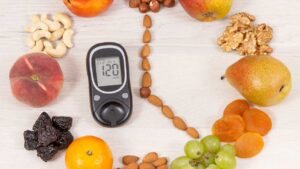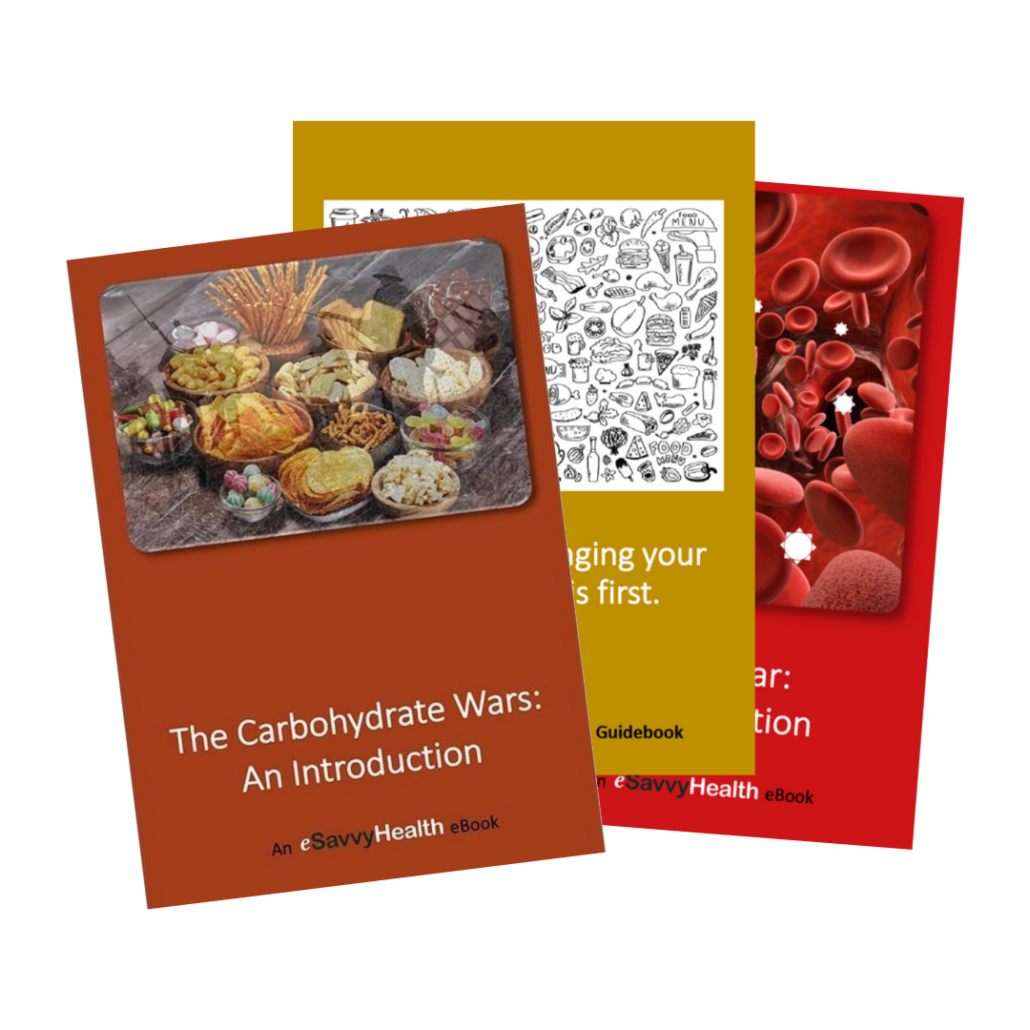When you think of protein, you might think of meat and other foods from animals, such as eggs and dairy products. Protein is also found in vegetables, beans, peas, grains, nuts, and seeds.
A protein molecule is much like a chain of beads on a string. The beads are the building blocks of proteins, called amino acids.

There are around 20 different kinds of amino acids, each made of carbon, hydrogen, oxygen, and nitrogen (and sometimes sulfur) atoms in a specific arrangement. Your body is capable of assembling those elements to make 11 amino acids, but the other 9 must be present in the food you eat, and for that reason are called “essential” amino acids.
When you digest protein from animals and plants, you break it down into the amino acids that make it up. Your body uses these amino acids in three main ways:
- Amino acids are used to build the specific proteins that your body needs. An example is hemoglobin, a protein in blood cells that oxygen attaches to on its journey from your lungs to the cells where it is needed. Every time your body creates a new red blood cell, it must also use amino acids to assemble the hemoglobin molecules that are part of it.
- Amino acids are required for many vital chemical reactions in your body, such as the production of hormones.
- Amino acids can be used in cells as a source of energy. The nitrogen is removed (and used for other purposes or disposed of as a waste product) and the remaining pieces, consisting of carbon, hydrogen, and oxygen, can be used as fuel in your cells to generate energy. But because amino acids have so many other important uses, your body prefers to use other fuels for energy when they are available.





